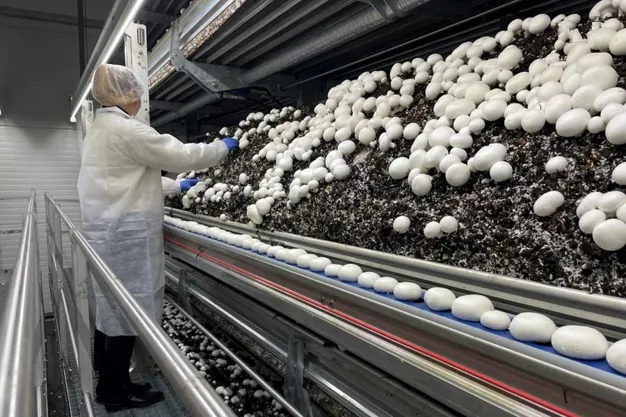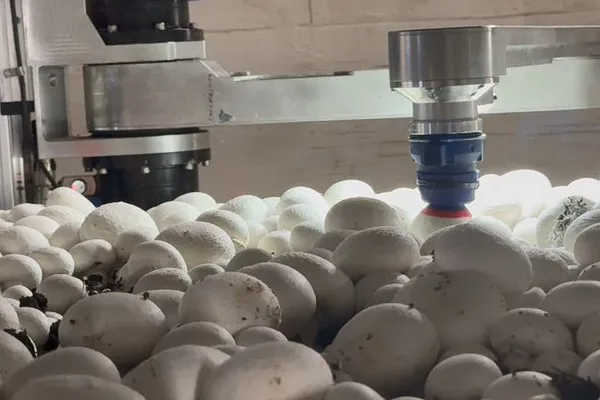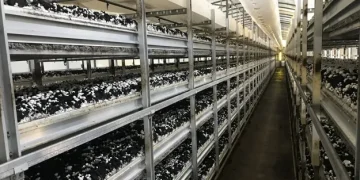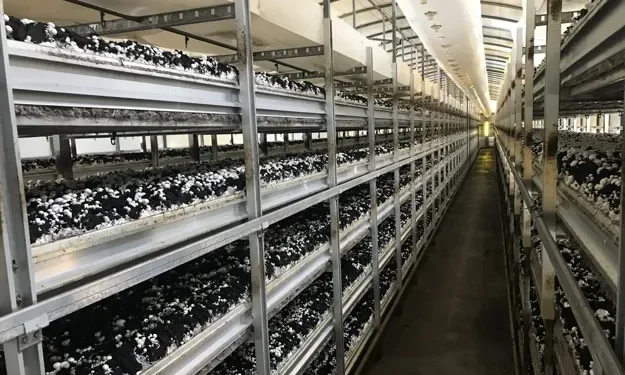Navigating the Complexities of Mushroom Harvesting
Mushroom picking remains a labor-intensive process in the UK and Ireland, predominantly carried out by hand due to the nature of how mushrooms grow. In contrast, The Netherlands has seen some mechanization for harvesting mushrooms intended for canning. The intricacies of automating mushroom harvesting arise from their sporadic cluster growth and delicate nature, as highlighted by Donal Gernon, Mushroom Advisor at Teagasc.
Manual Harvesting: The Current Standard
The manual harvesting process for fresh market mushrooms is meticulous. Each mushroom stalk must be individually cut, placed in a punnet, and weighed to meet precise specifications. This process, while not necessarily unpleasant, can become tedious. However, advancements in the growing side of mushroom production have been significant, transitioning from growbags on the floor to automated phase three Dutch shelving systems and climate control.

Challenges in Automation
Automating the picking process is challenging due to mushrooms’ sensitivity and sporadic growth patterns. Their lack of a hard outer layer makes them prone to damage, with blemishes easily visible on their white surface. High quality standards and the importance of presentation, as mushrooms are often an impulse buy, add to the complexity.
Traditional picking involves using the ‘weak’ hand to pick the mushroom and the ‘good’ hand to trim and place it in the punnet. This method minimizes handling and maintains quality but is labor-intensive.
Semi-Automated Solutions
Semi-automated systems offer a potential solution, utilizing conveyor belts for automatic trimming, placement, and weighing. These systems can reduce labor requirements by 50%, allowing employers to offer better wages and make the job more attractive. However, replicating the human ability to position mushrooms attractively in punnets remains a challenge.
Currently, three growers in the UK have implemented semi-automated systems, reporting positive outcomes. Nevertheless, the significant investment required for such systems—potentially costing millions—poses a barrier, especially for smaller growers.

Robotic Harvesting: The Future?
Recent seminars have showcased the potential of mushroom picking robots from two Canadian robotics companies. These robots have garnered interest from growers, although questions remain regarding their effectiveness and picking rates. The high cost of transitioning to semi-automatic or fully automated systems necessitates financial support, such as grants or funding, to assist growers in making this investment.
Conclusion
The path to automating mushroom harvesting is fraught with challenges but also holds promising innovations. As the industry explores semi-automated and robotic solutions, support for growers through financial incentives will be crucial in overcoming these barriers and ensuring sustainable, efficient mushroom production.

































